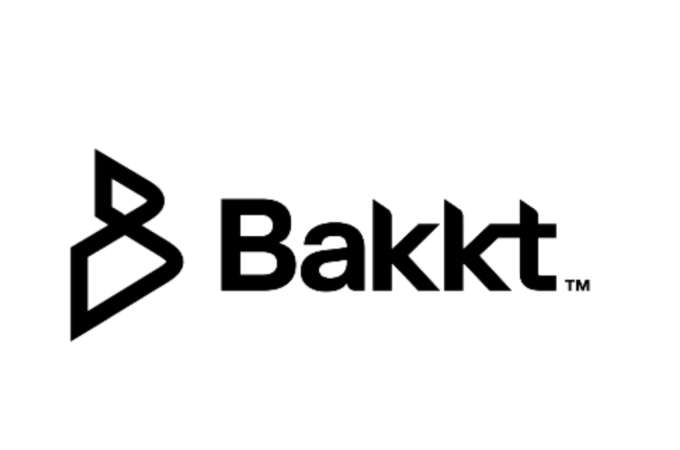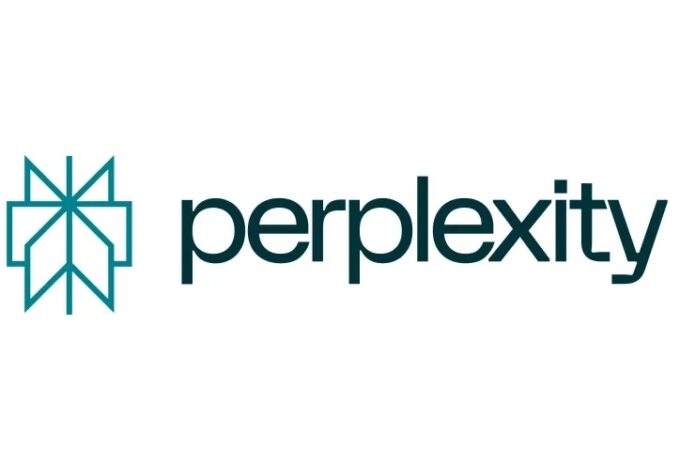
Deals: CommonBond Picks Up $275 Million In New Lending Capacity
By Jonathan Shieber for Techcrunch.com,
The online lending market continues to generate heat in the financial services sector as student lending service CommonBond rakes in another $275 million in available lending capital.
Through the deal announced earlier today, Macquarie Capital, Barclays, and other, undisclosed, financial investors, are providing CommonBond with a line of credit called a “warehouse line”, which CommonBond will use to provide loans to its student borrowers.
Warehouse lines of credit were initially issued against the goods in a warehouse so that borrowers could use their available supplies as collateral against the loan. Over time, the term evolved (especially in the housing industry) to refer to a loan that was made and would be repaid as it was securitized and bundled into a broader loan portfolio that is sold in the secondary market.
If this language sounds familiar to students of the 2008 financial crisis, that’s because it is. This type of lending grew to prominence and metastasized in the early 2000s in the housing market.
It was a way that financial institutions would finance lenders without having to take on much capital risk because the loans they were making to originators would eventually be sold off in securitization packages that would pay the money back to the providers of the money that’s being loaned.
It’s standard practice among lenders these days, according to CommonBond chief executive David Klein. “Mechanically, the idea of warehouse lines and their securitization have been around for a long time,” says Klein.
And unlike the lenders during the housing bubble that led to the financial crisis, loan originators like CommonBond are providing information about all of the loans in their portfolio down to the individual loan, Klein says.
“We have not experienced a default or a 30-plus-day delinquency,” says Klein, assuring me that the student loans he’s making are in no way similar to the loans that were on offer in the early 2000s.
Ratings agencies seem to agree with him with both of the previous loan packages that CommonBond securitized coming in with pretty high grades.
With the new loan capacity, Klein says CommonBond is on track to issue $1 billion worth of loans in 2016.
“Capital sources for new FinTech lenders have evolved over the past few years. From credit funds in the beginning (high cost of capital) to specialty finance companies (medium cost of capital) to big banks (low cost of capital),” Klein wrote to me in an email.
“As FinTech lenders mature and prove out performance, their access to low-cost capital (i.e., capital from big banks) increases. Not all FinTech lenders have gotten to that other stage yet. In fact, only a few have. This announcement puts us in that camp,” Klein wrote.
There’s currently about $1.3 trillion worth of student loans outstanding in the U.S. and, according to Klein, CommonBond is looking to provide the borrowers with high credit ratings a better package to pay off their loans.
Right now, the bulk of the company’s business is coming from refinancing existing student loans (between 85% and 90%), but Klein expects its direct loan business to students to grow in the coming years. The company has also expanded its reach throughout 2016.
As of the close of this investment, Klein says CommonBond is now lending to students in every graduate and undergraduate institution across the country.
the article first appeared in TC.com





